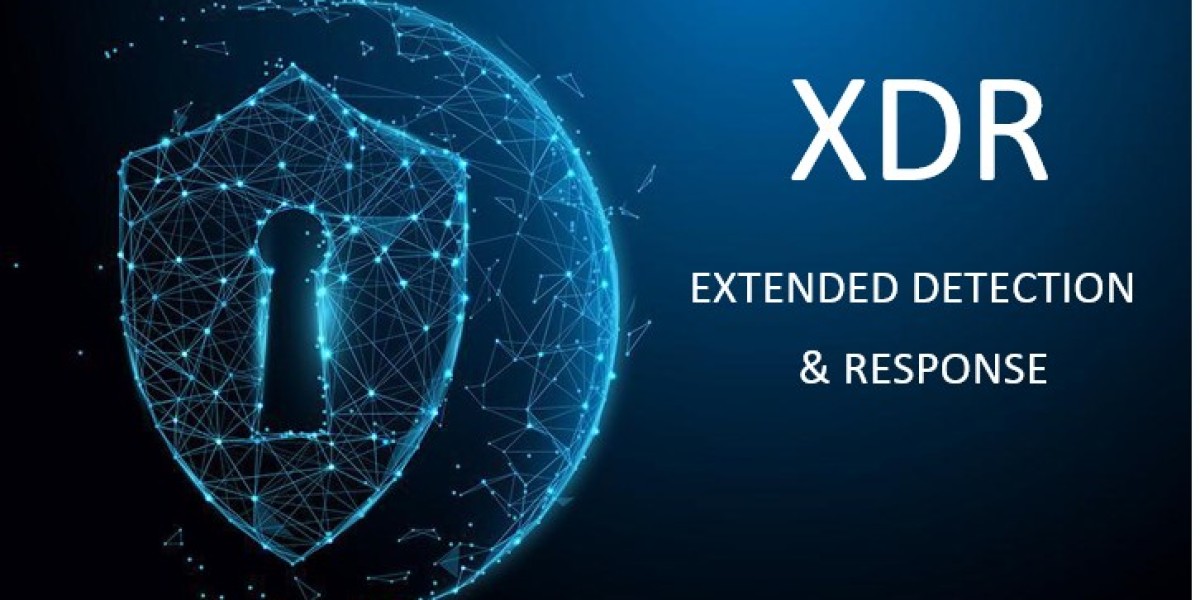In today’s hyperconnected enterprise landscape, cyber adversaries employ increasingly advanced tactics to bypass traditional security defenses. Malware, ransomware, and zero-day exploits are evolving rapidly, often slipping past static defenses like antivirus and signature-based detection. Extended Detection and Response (XDR) platforms are emerging as a powerful solution, providing unified visibility and detection across endpoints, networks, cloud workloads, and identities. One critical capability that strengthens XDR’s arsenal is network sandboxing—a dynamic analysis environment that helps uncover and neutralize hidden threats before they can compromise an organization.
This article explores how XDR utilizes network sandboxing, its benefits, practical applications, and why it’s becoming indispensable in modern cybersecurity strategies.
What is Network Sandboxing?
Network sandboxing is a technique where suspicious files, objects, or network traffic are executed and observed in a controlled, isolated environment (the “sandbox”). Instead of relying solely on static signatures, sandboxing uses behavioral analysis to detect threats by observing how files or payloads behave when executed.
For example, a malicious attachment in a phishing email might appear benign when scanned by traditional security tools. However, when executed inside a sandbox, it could attempt to connect to a command-and-control (C2) server, modify system processes, or encrypt files—clear indicators of malicious intent.
The Role of Network Sandboxing in XDR
XDR platforms integrate network sandboxing to expand detection capabilities beyond endpoints and SIEM-like log analysis. Here’s how sandboxing fits into the XDR ecosystem:
1. Dynamic Threat Analysis
Instead of simply flagging suspicious files, XDR sends them to a sandbox environment where they can be executed safely. The XDR platform then correlates the sandbox results with other telemetry (endpoint, cloud, identity, network traffic) to validate whether the behavior is malicious.
2. Zero-Day Threat Detection
Many zero-day exploits lack signatures or known indicators of compromise (IOCs). Sandboxing helps detect such threats by analyzing behavioral anomalies rather than relying on outdated signature databases.
3. Cross-Domain Correlation
Sandboxing results become part of the XDR detection pipeline, enriching alerts with context. For instance:
Endpoint detects a suspicious file.
The file is detonated in a sandbox.
Sandbox shows C2 communication attempts.
XDR correlates with network telemetry showing similar outbound traffic from other endpoints.
This multi-layered approach transforms isolated events into a validated, high-confidence incident.
4. Reducing False Positives
Security teams often face alert fatigue from numerous false positives. Sandboxing adds behavioral validation to XDR alerts, helping prioritize real threats and minimize wasted effort.
5. Automated Response Orchestration
When sandboxing confirms malicious activity, XDR can trigger automated responses, such as:
Quarantining the endpoint.
Blocking the malicious file hash organization-wide.
Cutting off outbound network connections.
This accelerates incident containment and reduces mean time to respond (MTTR).
Benefits of Network Sandboxing in XDR
Integrating sandboxing into XDR provides several tangible advantages:
Deeper visibility into advanced threats: Detects polymorphic malware, obfuscated payloads, and evasive ransomware.
Contextual threat intelligence: Sandbox results can be shared with threat intelligence feeds, strengthening proactive defenses.
Proactive attack surface reduction: Stops malicious files before they propagate across the enterprise network.
Improved SOC efficiency: Security teams receive fewer false positives and richer, contextualized alerts.
Real-World Use Cases
Phishing Defense
A suspicious email attachment is sandboxed by the XDR platform. Sandbox analysis shows it attempts to drop ransomware. XDR automatically blocks the file and warns other users across the enterprise.Insider Threat Mitigation
A privileged insider uploads unusual scripts to a cloud storage service. Sandboxing reveals the script attempts to exfiltrate sensitive files. XDR responds by revoking access and alerting the SOC.Zero-Day Exploit Prevention
An unknown file bypasses endpoint antivirus. XDR sandboxes it, detects unusual process injection techniques, and blocks the malware before it spreads.
Challenges and Considerations
While network sandboxing within XDR is powerful, it is not without challenges:
Performance overhead: Running files in a sandbox can add latency to detection workflows.
Evasion techniques: Advanced malware may detect when it’s running in a sandbox and alter its behavior to avoid detection.
Scalability: Large enterprises need scalable sandboxing solutions to handle high traffic volumes without bottlenecks.
To overcome these, modern XDR platforms often combine sandboxing with machine learning, heuristics, and threat intelligence for stronger resilience.
The Future of Sandboxing in XDR
As attackers adopt stealthier tactics, sandboxing in XDR will evolve in several ways:
AI-driven sandboxing: Machine learning models will enhance behavioral analysis to detect evasive threats.
Cloud-native sandboxing: Elastic, on-demand sandboxing environments will reduce performance bottlenecks.
Deeper integration with deception technology: Sandboxing may be paired with decoys to lure attackers and study advanced techniques.
Automated threat sharing: Sandboxing results will feed into global threat intelligence ecosystems, allowing organizations to collectively defend against emerging attacks.
Conclusion
Network sandboxing significantly amplifies the power of Extended Detection and Response. By providing dynamic, behavioral-based detection, sandboxing allows XDR platforms to identify and stop threats that bypass traditional defenses. When combined with XDR’s ability to correlate data across endpoints, cloud, identity, and network, sandboxing delivers high-confidence alerts, reduces false positives, and accelerates automated response.
For modern enterprises facing relentless cyber threats, the fusion of XDR + network sandboxing is no longer optional—it’s an essential layer in building a proactive, resilient cybersecurity posture.






